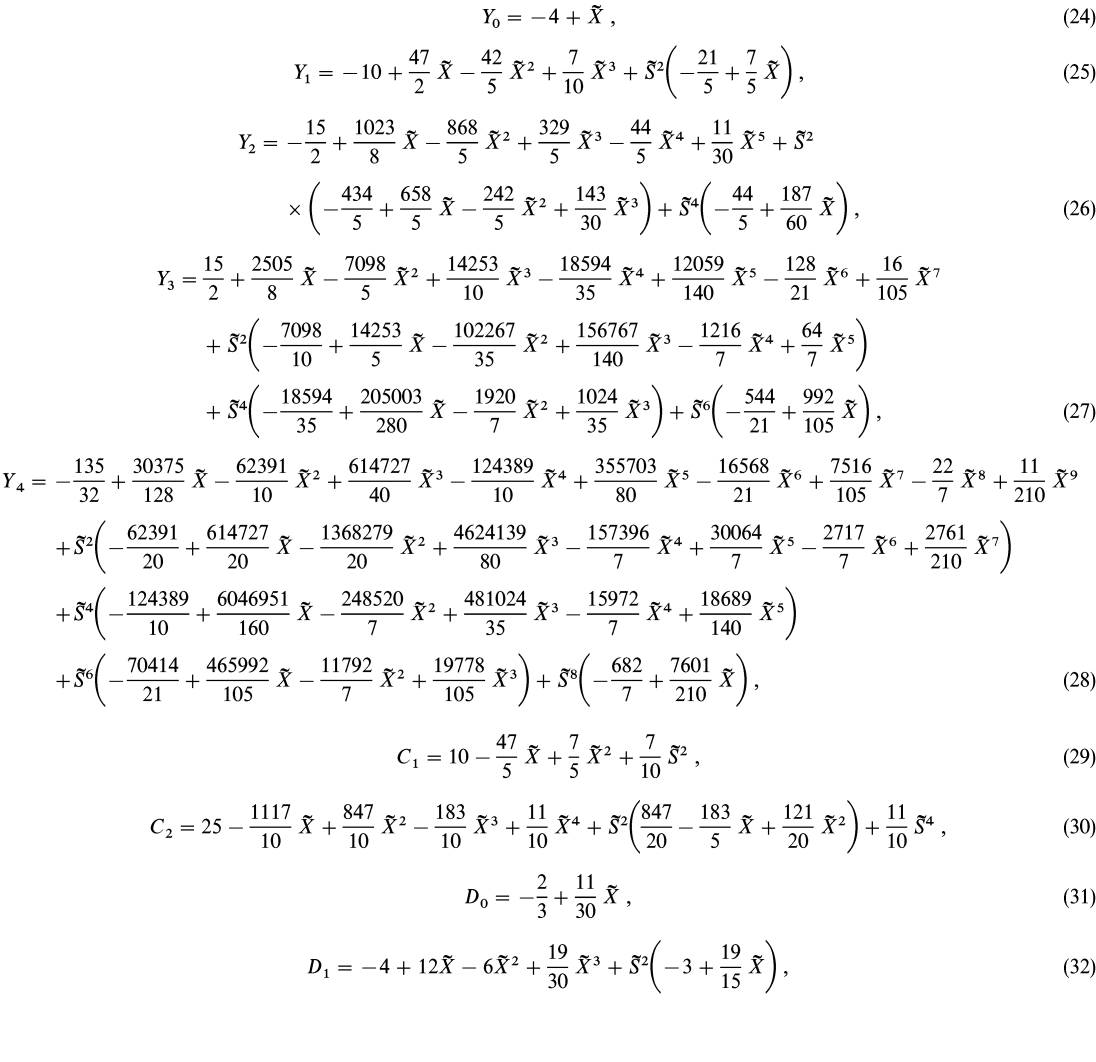

It is becoming increasingly clear, however, that there is at least one type of information processing and manipulation that does not readily lend itself to explanations that assume that all final causes are subsumed within brain, or more generally, central nervous system mechanisms. This privileging of physically describable brain mechanisms as the core, and indeed final, explanatory vehicle for the processing of every kind of psychologically described data, is the foundational assumption of almost all contemporary biologically based cognitive neuroscience. In most of the cases, investigators simply assume that measurable-in-principle properties of the brain are the only factors needed to explain eventually the processing of the psychologically described information that occurs in neuropsychological experiments. But, valuable as these empirical studies are, they provide only the data for, not the answer to, the critical question of the causal relationship between the aspects of empirical studies that are described in psychological terms and those that are described in neurophysiological terms. Neuroscientists consequently now have a reasonably good working knowledge of the role of a variety of brain areas in the processing of complex information. The identification of brain areas involved in a wide variety of information processing functions concerning learning, memory and various kinds of symbol manipulation has been the subject of extensive and intensive investigation (see Toga & Mazziotta 2000). The introduction into neuroscience and neuropsychology of the extensive use of functional brain imaging technology has revealed, at the empirical level, an important causal role of directed attention in cerebral functioning. It is able to represent more adequately than classic concepts the neuroplastic mechanisms relevant to the growing number of empirical studies of the capacity of directed attention and mental effort to systematically alter brain function. The new framework, unlike its classic-physics-based predecessor, is erected directly upon, and is compatible with, the prevailing principles of physics. Indeed, owing to certain structural features of ion channels critical to synaptic function, contemporary physical theory must in principle be used when analysing human brain dynamics. This key development in basic physical theory is applicable to neuroscience, and it provides neuroscientists and psychologists with an alternative conceptual framework for describing neural processes. Contemporary physical theory brings directly and irreducibly into the overall causal structure certain psychologically described choices made by human agents about how they will act. The new principles contradict the older idea that local mechanical processes alone can account for the structure of all observed empirical data.

Contemporary basic physical theory differs profoundly from classic physics on the important matter of how the consciousness of human agents enters into the structure of empirical phenomena. This theoretical restriction is motivated primarily by ideas about the natural world that have been known to be fundamentally incorrect for more than three-quarters of a century. ‘feeling’, ‘knowing’ and ‘effort’) are not included as primary causal factors.

Thus, terms having intrinsic mentalistic and/or experiential content (e.g. This assumption stems from the idea that the brain is made up entirely of material particles and fields, and that all causal mechanisms relevant to neuroscience can therefore be formulated solely in terms of properties of these elements. Neuropsychological research on the neural basis of behaviour generally posits that brain mechanisms will ultimately suffice to explain all psychologically described phenomena.


 0 kommentar(er)
0 kommentar(er)
